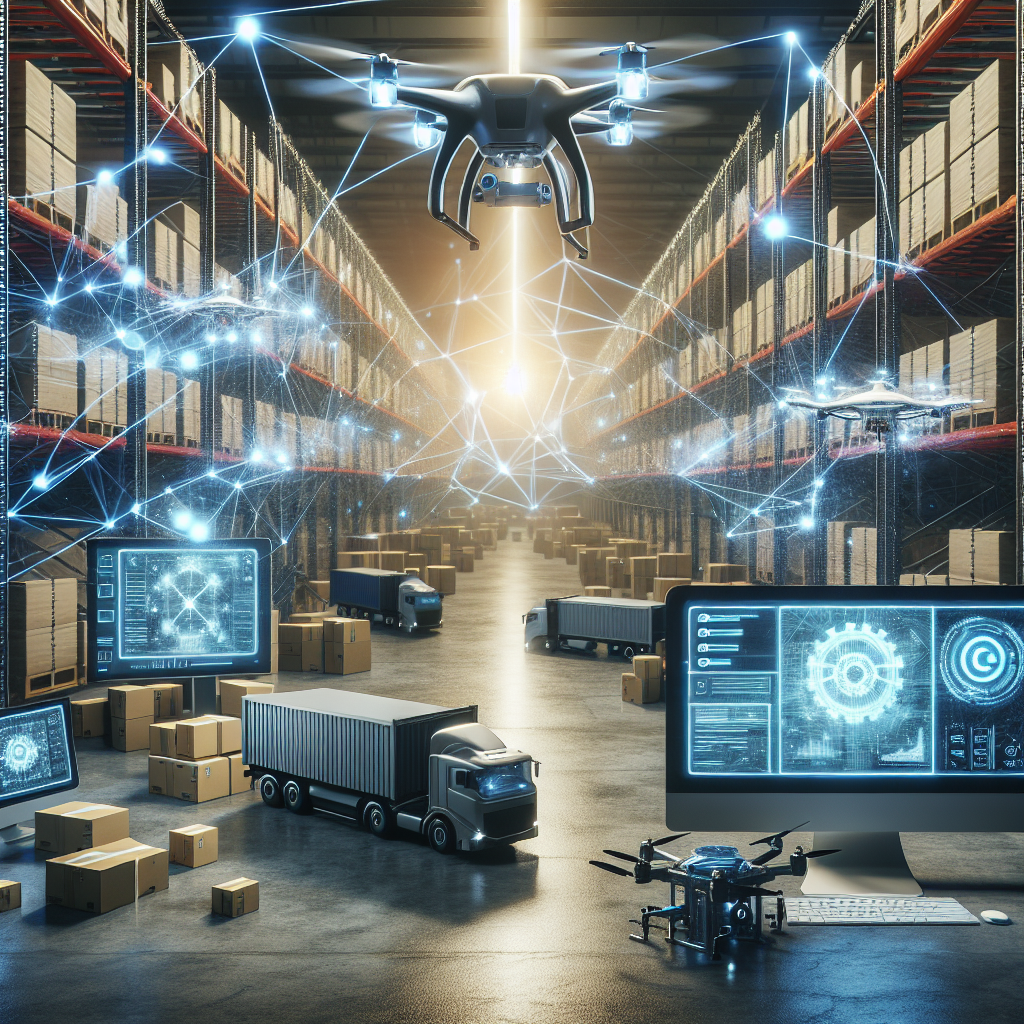In today’s rapidly changing and unpredictable business environment, supply chain resilience has become more important than ever. Companies are facing disruptions from various sources, such as natural disasters, geopolitical tensions, and global pandemics. To effectively navigate these challenges, businesses need to enhance their supply chain resilience through the use of advanced technologies like Artificial Intelligence (AI).
AI technologies have the potential to revolutionize supply chain management by providing real-time insights, predictive analytics, and automation capabilities. By leveraging AI, companies can improve their supply chain efficiency, reduce risks, and enhance their overall resilience to disruptions.
One of the key ways AI can enhance supply chain resilience is through predictive analytics. AI algorithms can analyze vast amounts of data from various sources, such as historical sales data, weather patterns, and market trends, to predict future demand and identify potential risks. By using these insights, companies can make informed decisions and proactively address potential disruptions before they occur.
AI can also help companies optimize their inventory management by predicting demand fluctuations and optimizing stock levels. This not only improves operational efficiency but also reduces the risk of stockouts or excess inventory, which can impact the overall supply chain resilience.
Another way AI can enhance supply chain resilience is through automation. AI-powered systems can automate repetitive tasks, such as order processing, inventory management, and logistics planning, allowing companies to free up resources and focus on strategic decision-making. This can help companies respond more quickly to disruptions and adapt their supply chain processes accordingly.
Furthermore, AI technologies can improve supply chain visibility by providing real-time monitoring and tracking of inventory, shipments, and production processes. This increased visibility allows companies to identify potential bottlenecks or issues in their supply chain and take corrective actions promptly. By having a clear view of their supply chain operations, companies can better manage risks and ensure continuity in their operations.
Overall, the integration of AI technologies into supply chain management can significantly enhance resilience by providing companies with the tools and insights needed to navigate disruptions effectively. By leveraging AI, companies can improve their operational efficiency, reduce risks, and enhance their ability to adapt to changing market conditions.
FAQs:
Q: What are some AI technologies commonly used in supply chain management?
A: Some common AI technologies used in supply chain management include machine learning algorithms, predictive analytics, natural language processing, and robotic process automation.
Q: How can AI help companies improve their supply chain resilience?
A: AI can help companies improve their supply chain resilience by providing real-time insights, predictive analytics, and automation capabilities. By leveraging AI, companies can optimize their inventory management, improve supply chain visibility, and automate repetitive tasks, allowing them to respond more quickly to disruptions and adapt their operations accordingly.
Q: Are there any challenges associated with implementing AI in supply chain management?
A: While AI technologies offer numerous benefits for supply chain management, there are also challenges associated with their implementation. These can include data quality issues, integration with existing systems, and the need for skilled personnel to manage and interpret AI-driven insights.
Q: How can companies ensure the success of AI implementation in their supply chain?
A: To ensure the success of AI implementation in their supply chain, companies should start by identifying their specific goals and challenges, conducting a thorough assessment of their data infrastructure, and investing in training and development for their employees. Additionally, companies should collaborate with experienced technology partners and vendors to ensure a smooth implementation process.

